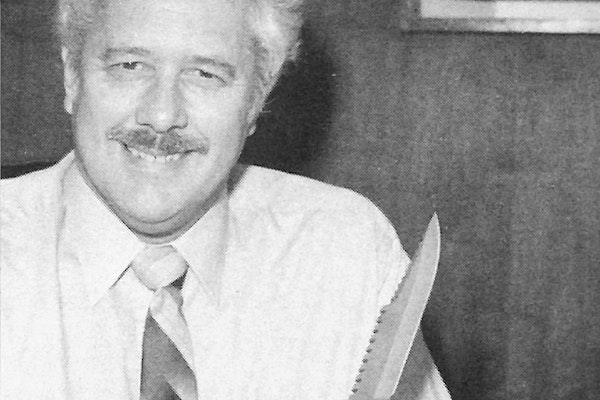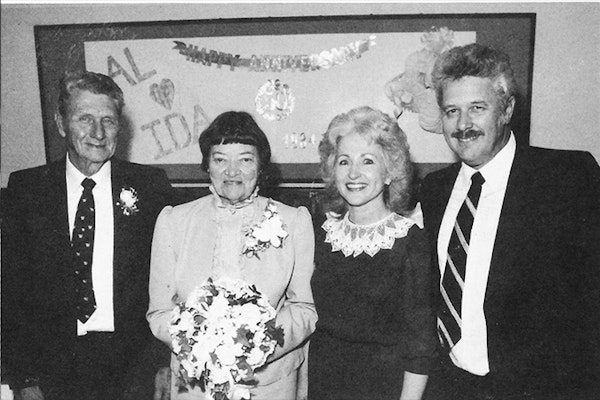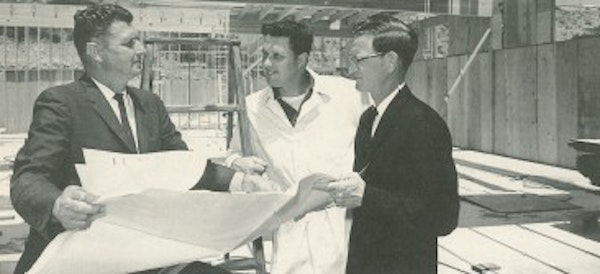
CHAPTER 11: Expansion Was The Next Step
Its significant that during this time of almost heady success, the men directing
the fortunes of Buck Knives kept their feet firmly on the ground. They paid attention to details. They dotted the is. They crossed the t's.
"There weren't any mavericks in the
group," Ham recalled, "and while our conservative outlook may have cost us some money in the short term, I think it served us well over time. We never overextended ourselves. We never got too far out in front of the market. We borrowed as little as possible.
"It would be nice to say that we followed a brilliantly conceived long-term business plan, but the truth of the matter is, we took things pretty much one day at a time, and that
'strategy just happened to work."
The company did travel at a comfortable rate of speed, but there were the usual forks in the road. Buck Knives reached one of them in 1968.

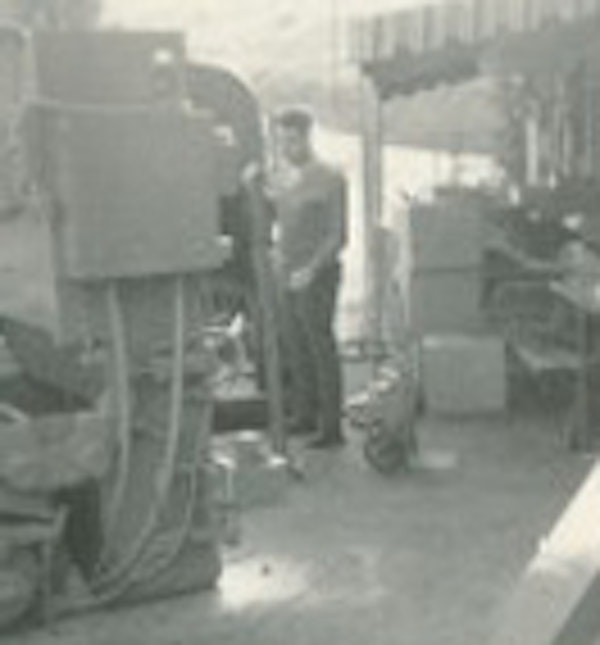
By this time, the company was headquartered in a 15,000-square-foot production facility on Federal Boulevard in East San Diego. Buck employees were working two shifts a day in an attempt to reduce the backlog of unfilled orders.
By the summer of 1968. it was obvious that something had to give, and the board of directors had to sit down to review its hopes and dreams for the company.
It had to decide if Buck Knives would be content to produce a limited number of high-quality, high-priced, high-profit knives, following business practices that had proved successful. Or should Buck risk further expansion, with the problems that might easily accompany the pursuit of greater potential?
"There was some fear of the unknown, I guess, but I think all of us felt we had come too far to turn back now," Al Buck recalled "Besides, it's not like we were consciously gearing up to challenge Schrade. We were just a comparatively small company trying to get bigger."
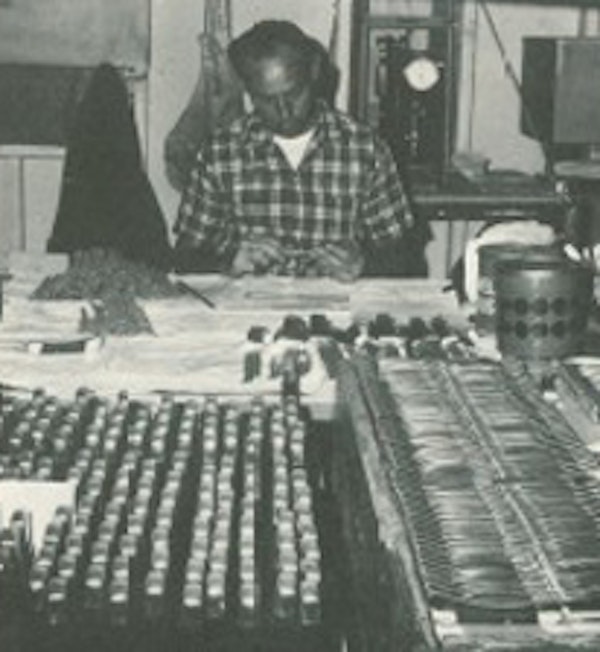
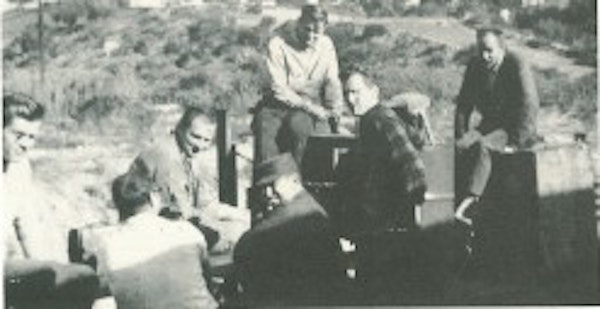

Whether intended or not, their decision did put them in a position to challenge anybody in the knife industry.
In the summer of 1968, the board's decision to expand was evidenced by its vote to seek a larger production facility. Its determination to expand was evidenced by their vote to build a plant on land that would be purchased by the company.
Very quickly, Buck acquired two acres of property at 1717 North Magnolia Avenue, in El Cajon, near the Gillespie Field airport. In the spring of 1969, construction began on a new, 30,000-square-foot plant. And in September 1969, the company moved into their own
newly-built facility.
At the next annual meeting, June 15, 1970, Al Buck told shareholders the decision to purchase land and build a plant had been a good one.
"The working climate in our facility is engendering a higher morale and greater productivity among our employees," he said. "And the new machinery has helped us produce knives better and faster than ever before."
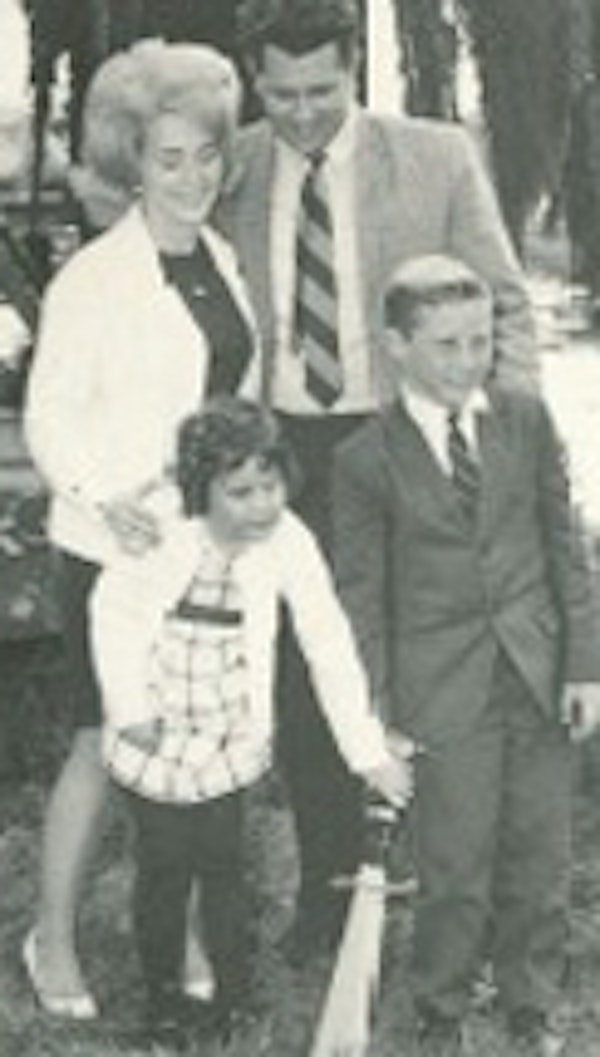
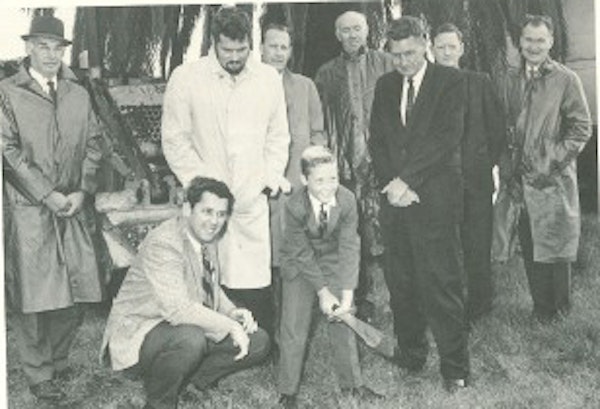
The "new machinery" was the productive result of a trip made by Chuck Buck and Howard Craig to Sandusky, Ohio, where they purchased a universal flat grinder and two hollow grinders from Nicholas Equipment Co.
The strong, positive statements made by Al in that annual meeting were no idle boast.
Sales in 1970 increased by a whopping 27.5% over a good 1969 sales year.
"In the late '60s and early "70s, the biggest problem we had was producing knives fast enough to keep pace with our orders," Al Buck recalled. "We couldn't build 'em fast enough.
"We'd have meetings and the sales people would say, 'If you can build 'em, we can sell
'em.' And it was true. We had to rein in our sales force so they wouldn't get too far out in front of our ability to fill the orders."
It was so true that at the NSGA (National Sporting Goods Association) sales conventions, where Buck exhibited, buyers would stand in line at the Buck booth, filling out their purchase orders, using the back of the guy in front of him as a writing surface. Some actually would throw their orders over those ahead of them, hoping they'd reach the salesmen first!
Then, as the new production facility geared up to full speed, the reins came off.
By 1971, Buck Knives was averaging as many orders each day as it had averaged in a month just five years earlier.
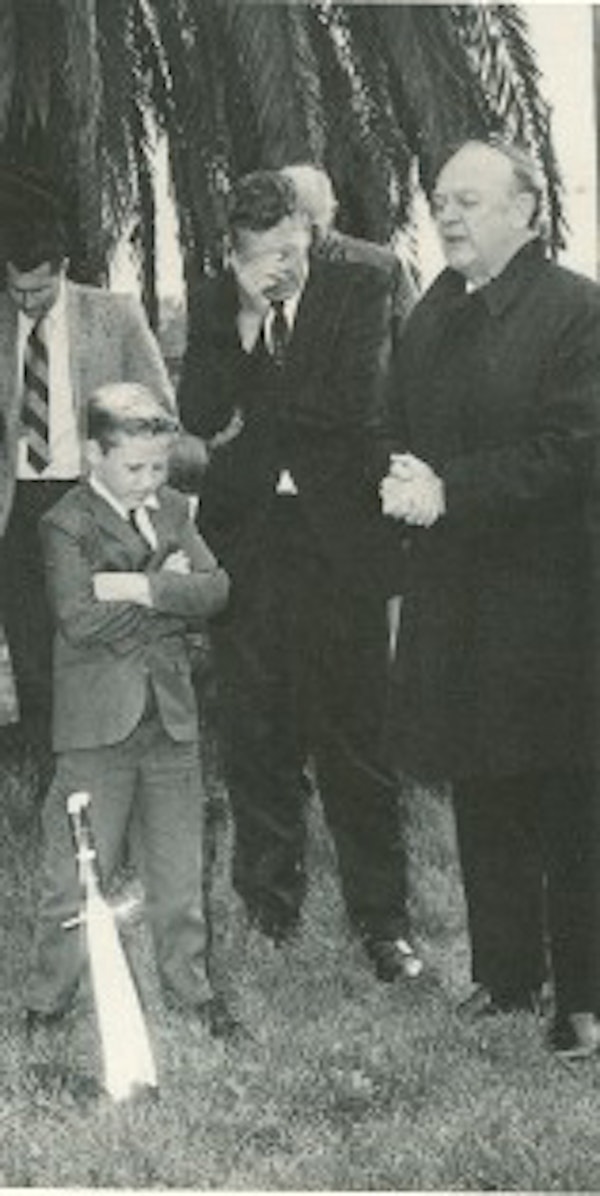
Interestingly, despite these developments, Buck refused to alter the sales policies upon which it had built the company. In fact, as Buck grew more and more successful, its commitment to those policies intensified. Ham, who became vice president of marketing and sales on October 22, 1970, explained:
"From the very beginning, we felt one of the keys to our success was the fact that we were small, we were responsive, and we had a kinship with the independent retailers who sold Buck knives.
"As a result, no matter how big we got, we tried to preserve our Mom and Pop' image with the moms and pops who ran the stores. And one of the ways we did that was to use the same policies with all our customers. regardless of how big they were or where they were located.
h"We did everything we could to protect the small shop owners who had made us successful, and that loyalty was rewarded many times over."


